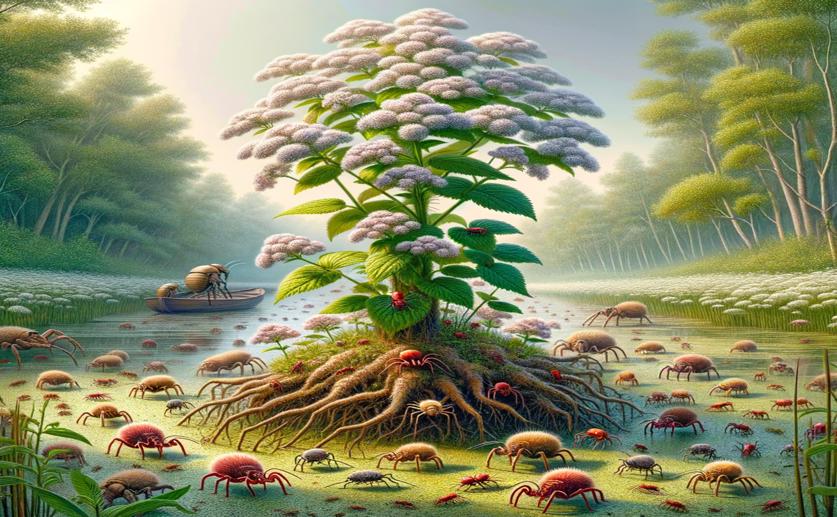
Impact of Invasive Meadowsweet on Mite Communities in Wetlands
Jenn Hoskins
2nd August, 2024

Image Source: Natural Science News, 2024
Key Findings
- The study was conducted in wet meadows in south-western Poland
- Invasive plant Spiraea tomentosa did not reduce the overall abundance and species richness of Uropodina mites
- The invasion altered the quality of the Uropodina community, increasing species from forest and moisture-loving habitats
EnvironmentEcologyPlant Science
References
Main Study
1) Consequences of Spiraea tomentosa invasion in Uropodina mite (Acari: Mesostigmata) communities in wet meadows
Published 1st August, 2024
https://doi.org/10.1007/s10493-024-00951-2
Related Studies
2) What explains variation in the impacts of exotic plant invasions on the nitrogen cycle? A meta-analysis.
3) Invasive Plants Rapidly Reshape Soil Properties in a Grassland Ecosystem.
4) Altered ecosystem carbon and nitrogen cycles by plant invasion: a meta-analysis.



 6th July, 2024 | Jenn Hoskins
6th July, 2024 | Jenn Hoskins